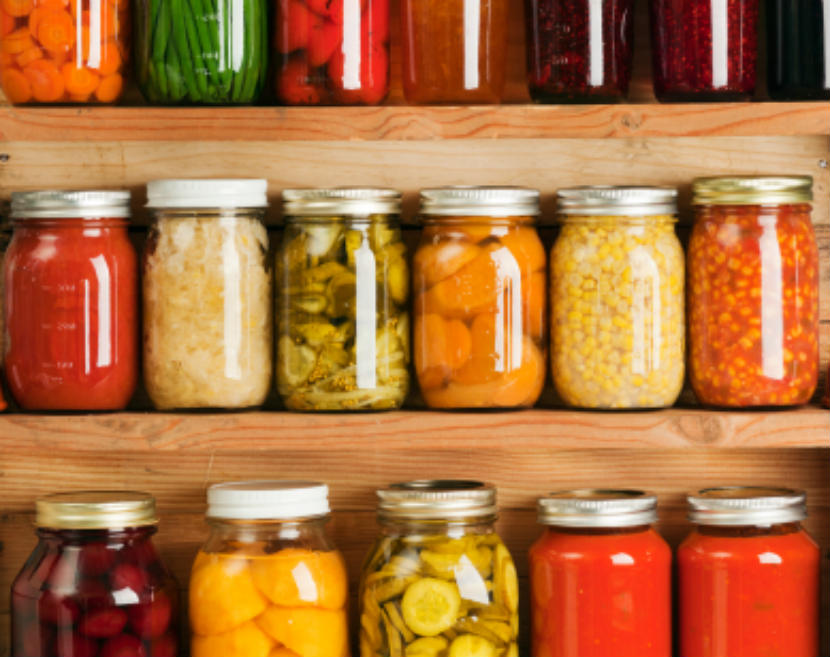
Canned vegetables are a convenient way to help you make quick, easy meals that are healthy. Add canned vegetables like green beans, canned tomatoes, carrots, corn kernels, mushrooms and peas to your list the next time you are at the grocery store.
Nutrition
-
½ cup (125 mL) of canned vegetables counts as one serving of Vegetables and Fruit.
-
Canned vegetables can be a healthy and affordable way to eat more servings of vegetables. The vegetables are usually picked at their ripest. Canning locks in their nutrients.
-
Compare brands and choose canned vegetables with a lower sodium content.
Buying local canned vegetables
Look for Product of Canada on canned vegetables to find out if they are locally produced. Buying Canadian foods supports the Canadian economy and our farming families.
Storaging canned vegetables
-
Food manufacturers generally recommend that canned goods be stored for no longer than one year for best quality. Canned tomatoes should be used within 18 months. Low-acid foods (such as canned vegetables) have a shelf-life of 2 to 5 years.
-
Some canned vegetables will have a “use by” date. This is how long the food will be at its best quality as decided by the manufacturer. Cans that are not damaged and have been stored properly will still be safe to eat after this date.
-
Once opened, you can keep canned vegetables in the fridge for 3 to 4 days. Transfer vegetables in a covered glass or plastic container. Do not store opened or unfinished cans of food in the fridge.
-
You can also freeze any leftover canned vegetables in an airtight container or freezer bag up to 2 months.
-
Use the “first in, first out” method of using older cans first by placing them in the front of the cupboard or shelf.
Cooking canned vegetables
Rinse the canned vegetables in a colander for 2 minutes under cold running water. This will cut down on the amount of sodium.
5 things to do with canned vegetables
Remember to compare labels and choose brands with the lowest sodium content.
-
Add canned vegetables green beans, asparagus and carrots to your favourite soups and pastas.
-
Toss canned vegetables with canned beans for a quick lunch.
-
Brighten up a stir-fry with canned vegetables like corn, peas and tomatoes.
-
Add canned vegetables mushrooms in a hearty chili.
-
Fold in canned vegetables corn and when making quesadillas.
You may also be interested in
All about frozen vegetables
How to store vegetables to keep them fresh
Vegetable and fruit checklist
Healthy eating on a budget
Last Update – November 28, 2017